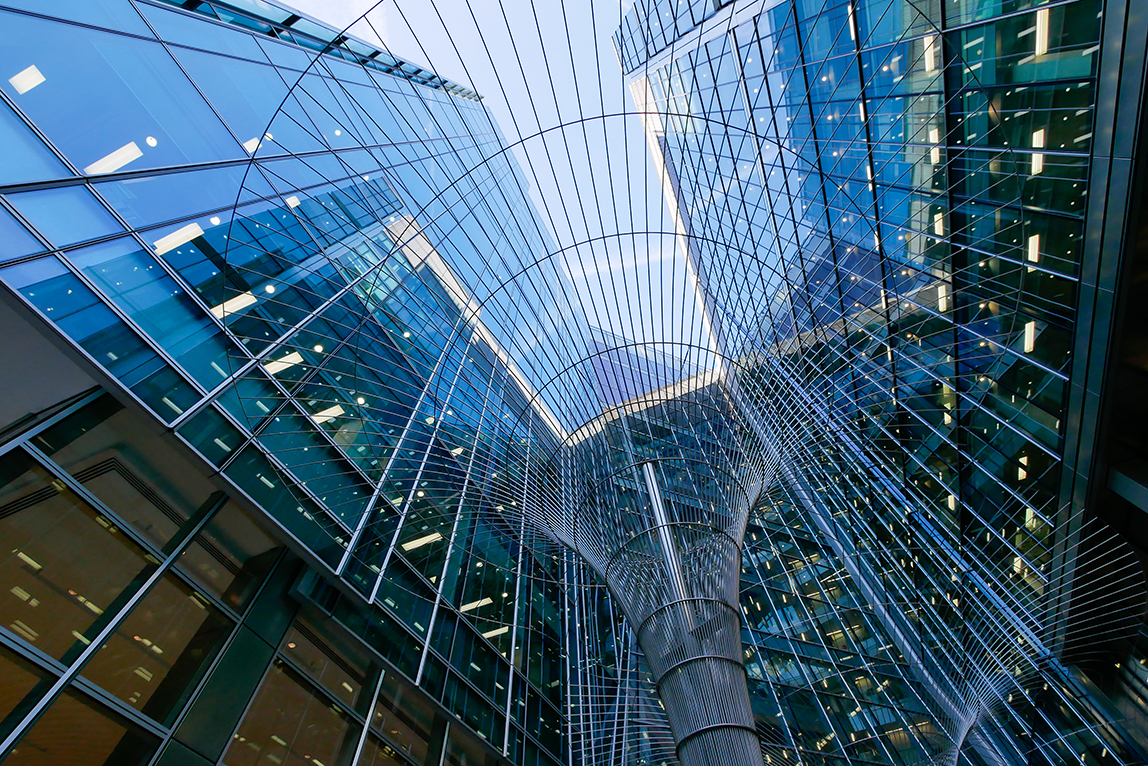Many firms had extensive wellbeing programmes in place long before the pandemic hit. But with a largely remote workforce and the pressures of adjusting to new ways of working, how have they ensured their people get the most of what’s on offer?
Once the shock of the announcement of lockdown and the sudden shift to homeworking in March had calmed down, HR teams in the legal sector were quick to respond to employees’ needs.
Naturally, there were practical issues around ensuring staff had the right equipment and making decisions about furlough, but equally high on the priority list was boosting employees’ physical and mental wellbeing. Research from law firm Doyle Clayton and Wade Macdonald found that across all sectors, 94% of employers were introducing some form of measures to support staff wellbeing during the pandemic.
“Through different cycles of lockdown different issues would come to the fore, whether those were to do with physical or mental health, or financial challenges,” reflects Chris Oglethorpe, HR director at Gowling WLG.
While many firms already had robust wellbeing plans in place, the need to curate and communicate resources around mental and physical health became crucial in the past eight months. With the majority of the workforce operating from home and not physically present to use facilities such as gyms or take part in on-site wellbeing initiatives, teams needed to become more deliberate but also more creative in showcasing what was on offer.
Chris Mullen, executive director of the Workforce Institute at software company Ultimate Kronos Group, explains why this has been essential: “The lines between work and life have been blurred, and managers must be intentional with their employees now more than ever to tap into the emotional wellbeing and empathetic leadership skills. They must help employees navigate a healthy work-life negotiation and encourage them to take time for themselves and their families.”
How did firms achieve this and what have they learnt about maximising health and wellbeing programmes during this challenging time?
The power of nudge
While the pandemic has had a catastrophic impact on jobs for many people, it also significantly increased workloads for some. The combination of lockdown restrictions taking holidays off the table, zero commute and back-to-back video calls meant that many employees were putting in long days without a substantial break or taking time away from their desk to exercise.
“It’s been really important for busy fee earners to have thoughtful reminders about the resources available,” adds Oglethorpe. The firm uses ‘Wellbeing Wednesdays’ to send out regular reminders about managing mental health and the network of support available and this keeps wellbeing front of mind. Mindful that people consume information in different ways, communications about wellbeing happen across multiple channels and all link back to the firm’s employee wellbeing hub.
Martin Blinder, CEO of wellbeing engagement company Tictrac, believes the initial trigger for employees to take charge of their own wellbeing is crucial. “Rollout is key; organisations need to have the tools to share with, communicate and inspire employees to use these services. Once they start using it they’ll find value but it takes work.”
Put it all in one place
One of the first actions a number of firms took was to make wellbeing resources accessible from a single hub – particularly as external advice from government and other sources was constantly changing. For some managers who may feel uncomfortable discussing health issues with their teams, this can help equip them with tools to start conversations or ensure their teams feel supported.
Andy Gibson, founder and ‘head gardener’ at Mindapples, a wellbeing e-learning specialist, says: “Managers often end up being the squeezed middle in wellbeing. There’s an articulation from the very top that it’s a priority, and their staff are asking not to feel so stressed, while managers are caught in between. They need practical ideas of how to support staff, so if they’re being asked to innovate what modes of thought will support that?”
At Kingsley Napley, the goal has been to make it as easy as possible to locate resources. HR director Jemimah Cook says: “As we are all now working remotely, we have attempted to focus our communications so that members of the firm are able to find and locate what might be relevant to them and the particular challenges they are facing whether that be family issues, financial wellbeing and concerns, feelings of isolation, coping with stress and anxiety or adjusting to the new routines and changes in our everyday life. There is so much information that our aim is to break this down and package it up appropriately.”
Eversheds Sutherland has used its in-house social media platform as a focal point for communication. “Throughout the pandemic, and this period of working from home, we have continued to promote all these resources in a consistent manner across line manager communications, the news page of our intranet, with colleagues sharing their personal stories via blogs and webinars, and our in-house social media platform, Open House, which was created to promote a sense of connectivity as we moved to remote working,” says Keith Froud, managing partner.
Make it inclusive
The varying impacts of the pandemic on different groups has demonstrated why a one-size fits all approach of any wellbeing initiative will not work – and how you communicate what you offer shouldn’t either. At Trowers and Hamlins, for example, HR and leadership worked with diversity and inclusion networks on any wellbeing initiatives, which have included resilience training, coffee hours designed to alleviate isolation and Zoom ‘starter lessons’ in a range of subjects.
Employee feedback surveys can provide a useful gauge of whether the resources available are hitting the right note but it’s important to remember that just because a large proportion of the workforce can successfully work from home, there will be individuals who struggle for practical or mental health reasons. Oglethorpe adds: “People are in a combination of personal circumstances and have different levels of resilience and support around them. Some will ask for help if they need but we need to keep the wellbeing hub front and centre as we’re still detached.”
With physical programmes such as virtual running clubs it’s important not to set goals at a level that excludes people, advises Blinder. “We have to be mindful to design a user experience that engages lots of types of people across different states of fitness. You don’t need to engage the marathon runners; it’s the ones who need to make meaningful change from a sedentary to an active lifestyle,” he says. “So don’t always reward the top performer on a step challenge, for example, offer rewards based on team averages or show people where they are compared with people at similar levels. Otherwise they’ll feel disengaged.”
Eversheds Sutherland’s Open House platform is also an app, which has helped employees replace that all-important ‘social fabric’ they would get in the office. Froud adds: “[It] enables our people to chat informally and share ideas on various non-work related topics, including chatrooms for clubs and hobbies, volunteering, and wellbeing.” The firm also moved its reward scheme, Everyday Heroes, to the app so colleagues can praise their co-workers with public messages of virtual thanks linked to one of the firm’s values. There are dedicated chatrooms for each of the firm’s people networks: Gender, Multi-Faith Forum, Perspective (LGBT+), Verve (Ethnicity) and Wellbeing & Ability. “Each network now has space to share anecdotes, quotes, photos, resources, begin discussions and provide network updates on activity and upcoming events,” Froud says.
Keep it authentic
During 2020 more than ever, if your wellbeing initiatives are perceived as ticking a box, they’re unlikely to be appreciated.
Richard Jolly, adjunct professor of organisational behaviour at the London Business School, says senior staff need to “get out of your leadership bubble and focus on honest and two-way communication with employees”. “Try to avoid HR-led wellbeing initiatives and motivational speakers as a way of lifting the organisation out of collective malaise,” he adds. “These are superficial pacifiers not effective even in the short-term and they certainly do not help in creating the faithful workforce you will need to embrace the operating environment of the future.”
Gibson from Mindapples stresses that authenticity comes from a genuine connection between public statements of supporting employee wellbeing and what happens on a day-to-day basis. “Join up your wellbeing programmes with workloads and how deadlines are set. If it’s detached from other aspects of the business it can be seen as something that’s there to undo the damage [of poor working practices],” he adds. “This is why managers are so important and an increase in trust in staff during the pandemic means there can be more flexibility.”











